Dry wall Prep for Ceramic Tile
jerry_nj
12 years ago
Featured Answer
Sort by:Oldest
Comments (10)
drywall_diy_guy
12 years agobrickeyee
12 years agoRelated Professionals
Oklahoma City Kitchen & Bathroom Remodelers · South Plainfield Kitchen & Bathroom Remodelers · South Jordan Kitchen & Bathroom Remodelers · Ridgefield Park Kitchen & Bathroom Remodelers · Fitchburg General Contractors · Franklin General Contractors · Leominster General Contractors · Little Egg Harbor Twp General Contractors · View Park-Windsor Hills General Contractors · Wolf Trap General Contractors · Carpinteria Painters · Conroe Painters · Wareham Painters · Ypsilanti Painters · Kailua Paintersjerry_nj
12 years agoGreenDesigns
12 years agobrickeyee
12 years agojerry_nj
12 years agobrickeyee
12 years agojerry_nj
12 years agobrickeyee
12 years ago
Related Stories
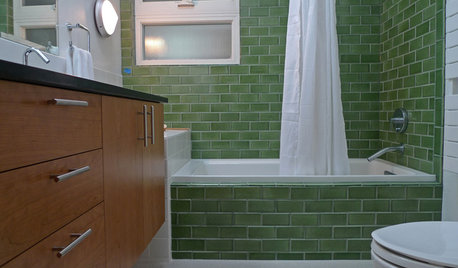
BATHROOM DESIGNBathroom Surfaces: Ceramic Tile Pros and Cons
Learn the facts on this popular material for bathroom walls and floors, including costs and maintenance needs, before you commit
Full Story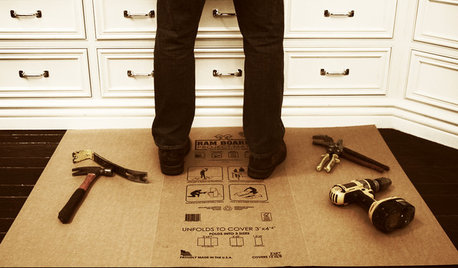
BATHROOM DESIGNOut With the Old Tile: 8 Steps to Prep for Demolition
This isn't a light DIY project: You'll need heavy-duty tools and plenty of protection for your home and yourself
Full Story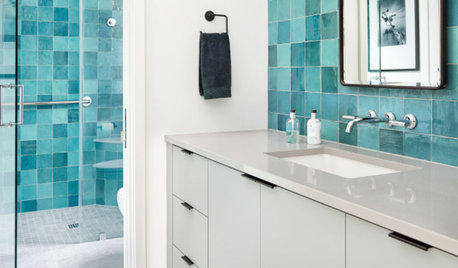
TILEPorcelain vs. Ceramic Tile: A Five-Scenario Showdown
Explore where and why one of these popular tile choices makes more sense than the other
Full Story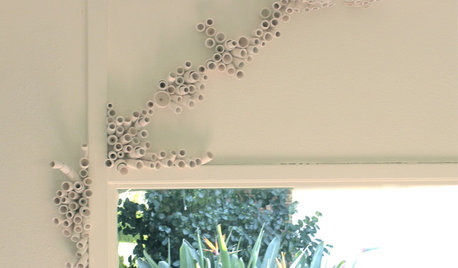
DECORATING GUIDESInterview: Ceramic Art Goes Vertical
Nature Inspires the Amazing Wall Installations of Katherine Dube
Full Story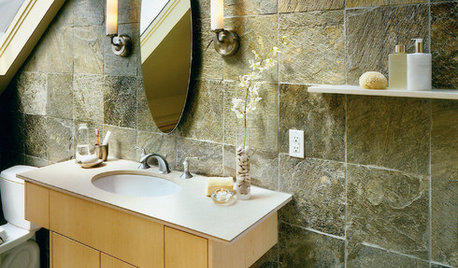
REMODELING GUIDESGet Stone and Ceramic Surfaces Super Clean
Keep your kitchen or bathroom looking as good as on installation day with the right cleaning methods for counters and tiles
Full Story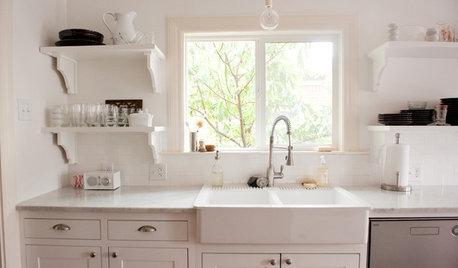
KITCHEN DESIGNKitchen Sinks: Easy-Clean, Surprisingly Affordable Ceramic
You get a lot for the price with ceramic sinks, and they're available everywhere. See the pros and cons here
Full Story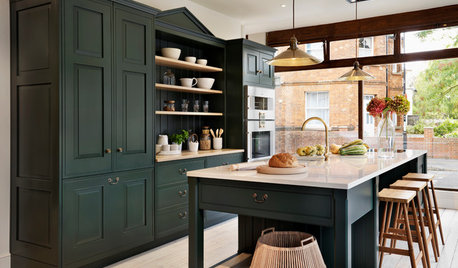
SELLING YOUR HOUSEKitchen Ideas: 8 Ways to Prep for Resale
Some key updates to your kitchen will help you sell your house. Here’s what you need to know
Full Story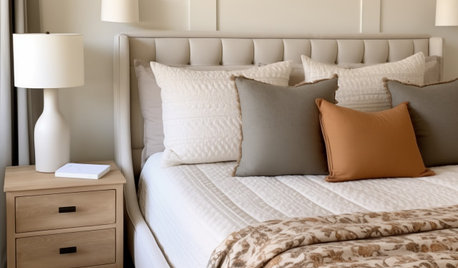
MONTHLY HOME CHECKLISTSYour Checklist for Quick Houseguest Prep
Follow these steps to get your home ready in a hurry for overnight visitors
Full Story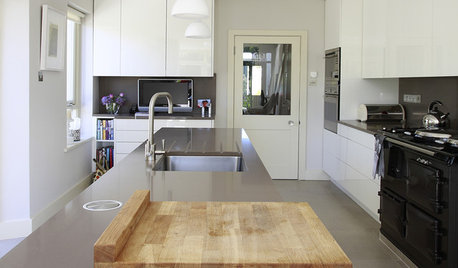
KITCHEN DESIGNButcher Block Makes the Cut for Holiday Kitchen Prep
Countertops and cutting boards will likely take a beating over the holidays. These butcher blocks have the chops to perform under pressure
Full Story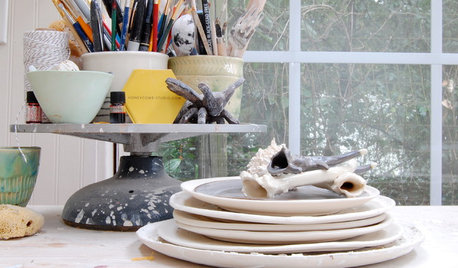
OUTBUILDINGSStudio Tour: From Old Shed to Sunny Ceramics Workshop
Elegant porcelain antlers and more now emerge from an Atlanta outpost where critters once roosted
Full Story






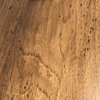



User